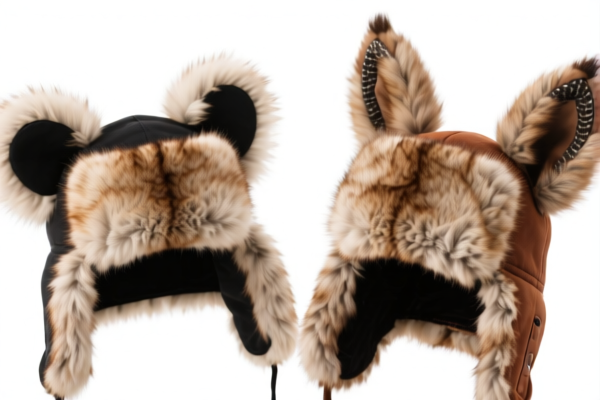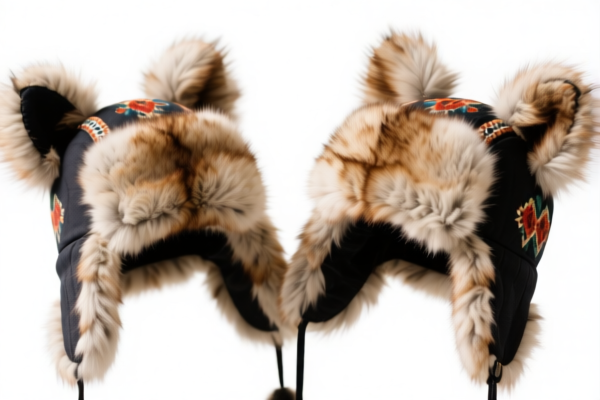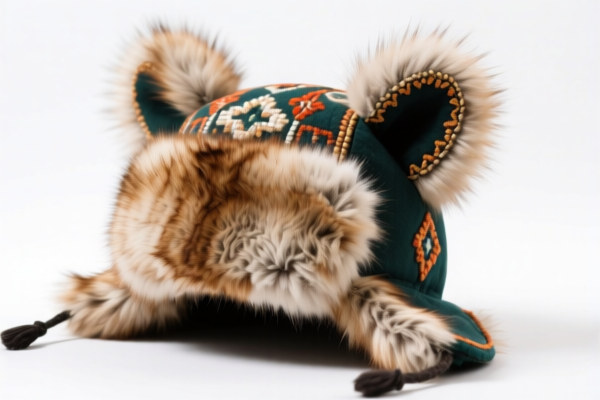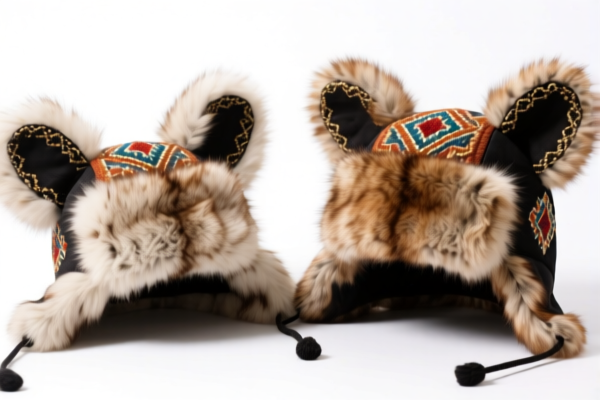| HS Code | Official Doc | Tariff Rate | Origin | Destination | Effective Date |
|---|---|---|---|---|---|
| 5601300000 | Doc | 55.0% | CN | US | 2025-05-12 |
| 5601290090 | Doc | 59.0% | CN | US | 2025-05-12 |
| 9603904000 | Doc | 37.5% | CN | US | 2025-05-12 |
| 9601906000 | Doc | 37.5% | CN | US | 2025-05-12 |
| 9601908000 | Doc | 41.2% | CN | US | 2025-05-12 |




Decorative Feather
Decorative feathers are feathers used for ornamentation and aesthetic purposes, rather than for functional uses such as flight or insulation. They have a long history of use in various cultures for personal adornment, ceremonial practices, and artistic expression.
Material
Typically sourced from a variety of bird species, both wild and domesticated. Common sources include:
- Poultry: Chicken, pheasant, peacock, turkey, goose, duck feathers are widely used due to availability.
- Game Birds: Pheasant, grouse, and quail feathers offer diverse colors and patterns.
- Exotic Birds: Peacock, ostrich, emu, and macaw feathers are prized for their vibrant hues and dramatic appearance, though their use is often subject to regulation due to conservation concerns.
- Craft Feathers: Commercially produced feathers, often dyed and processed for specific applications.
Purpose
- Adornment: Historically and currently used in clothing, hats, hair ornaments, and jewelry.
- Ceremonial/Ritualistic Use: Significant in many indigenous cultures for religious ceremonies, dances, and spiritual practices. Often symbolize status, power, or connection to the spirit world.
- Artistic Expression: Used in crafts, millinery, costume design, and visual arts.
- Decoration: Employed in home décor, event decoration, and theatrical props.
Function
Decorative feathers lack the aerodynamic structure necessary for flight. Their primary function is visual – to provide color, texture, and a sense of beauty or symbolic meaning. They are often lightweight and easily manipulated for design purposes.
Usage Scenarios
- Fashion: Used in haute couture, costume design, and accessories.
- Millinery: A traditional component of hat making.
- Native American Culture: Integral to regalia, dance costumes, and ceremonial objects. Specific feather types and arrangements often hold deep cultural significance.
- Carnival & Masquerade: A key element of elaborate costumes and headdresses.
- Interior Design: Used in dreamcatchers, wall hangings, lampshades, and other decorative items.
- Event Decoration: Employed in centerpieces, floral arrangements, and thematic displays.
Common Types
- Peacock Feathers: Known for their iridescent "eyes" and are used in a wide range of decorative applications.
- Ostrich Feathers: Long, fluffy plumes often used in hats, fans, and event decoration.
- Turkey Feathers: Commonly used in fall decorations, crafts, and quill pens.
- Chicken Feathers: Used in crafts, dreamcatchers, and rustic décor.
- Pheasant Feathers: Available in various colors and patterns, used in fly tying, millinery, and decorative arrangements.
- Marabou Feathers: Soft, fluffy feathers often used in fly tying and costume making.
- Hackle Feathers: Stiff, elongated feathers used in fly tying and decorative trimming.
- Saddle Feathers: Long, curved feathers used in fly tying and decorative arrangements.
Decorative feathers fall under several potential classifications based on their specific use and composition. Here's a breakdown of relevant HS codes:
-
9603904000: This code covers brooms, brushes (including brush parts of machines/vehicles), hand-operated mechanical floor sweepers (non-motorized), mops, and feather dusters; prepared knots/tufts for broom/brush making; paint pads/rollers; squeegees (excluding roller squeegees). Specifically, it includes “Other: Feather dusters”. This is applicable if the feather is used as a feather duster.
- Chapter 96: Miscellaneous manufactured articles.
- Heading 9603: Brooms, brushes, mops, feather dusters, etc.
- Subheading 960390: Other brooms, brushes, etc.
- Subheading 9603904000: Specifically for feather dusters.
-
5601300000: This code covers wadding of textile materials and articles thereof; textile fibers, not exceeding 5 mm in length (flock), textile dust and mill neps: Textile flock and dust and mill neps. If the feather has been processed into a flock or dust form, this code may be applicable.
- Chapter 56: Wadding, felt and non-woven fabrics; special yarns; textile fabrics.
- Heading 5601: Wadding of textile materials.
- Subheading 560130: Textile flock and dust and mill neps.
-
9601906000: This code covers worked ivory, bone, tortoise-shell, horn, antlers, coral, mother-of-pearl and other animal carving material, and articles of these materials (including articles obtained by molding): Other: Of bone, horn, hoof, whalebone, quill or any combination thereof. If the feather is used as a carving material or component of a carved article, this code may apply.
- Chapter 96: Miscellaneous manufactured articles.
- Heading 9601: Worked ivory, bone, etc.
- Subheading 960190: Other worked ivory, bone, etc.
- Subheading 9601906000: Specifically for articles of bone, horn, hoof, etc.
Regarding HS code 9603904000, please note that this classification specifically applies to feather dusters. If the feather is used for decorative purposes other than as a duster, another code may be more appropriate.
Customer Reviews
No reviews yet.